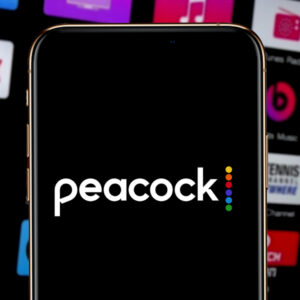Hola, Disney+ with ads.
On Monday, Disney announced the expansion of its audience graph and clean room tech to Latin America, marking the first time it will be available outside the US, said Dana McGraw, SVP of data and measurement science. The announcement precedes this week’s launch of Disney+ with ads in Latin America (LATAM).
Disney is using its BridgeID audience identifier, which it formally unveiled during Cannes Lions last week, to help LATAM advertisers match and target audiences across its inventory.
Additionally, the LATAM Disney+ app will include content from Star+, which has ESPN sports, so advertisers can buy ads across Disney inventory in one place. The redesign emulates the new US app that combines Disney+ and Hulu (except Hulu lives on as a standalone app, while Star+, which was only available in LATAM, is no more).
Disney is also partnering with Mercado Libre, a LATAM ecommerce site and loyalty program with its own an ad buying platform. This partnership will help brands target and attribute ads on Disney+ based on ecommerce outcomes, including retail and purchase data. Brands can also bid on these ads programmatically.
Building a bridge
Disney formally announced BridgeID on Wednesday, but early iterations have been around since 2022, when the studio integrated with The Trade Desk to use its UID 2.0 identifier.
To match its data with UID2 IDs, Disney uses synthetic IDs, which are encrypted identifiers based on its audience graph that match to households but contain no identifying information. These IDs also rotate, so advertisers can’t build persistent profiles. If an advertiser runs a two-month campaign and uses Disney’s synthetic IDs to measure reach and frequency, those IDs will be gone by the next campaign.
Essentially, BridgeID is this synthetic ID, but it can work with other identifiers beyond UID2, McGraw said.
BridgeID also pairs with Yahoo’s ConnectID, LiveRamp’s RampID and Experian’s LUID. McGraw said Disney is better equipped to expand its streaming business globally if its audience graph is interoperable with more identifiers, some of which have footprints in different markets or business categories.
Plus, she added, more data means higher match rates.
Shopping around
Still, advertisers want more than accurate and scaled ad campaigns; they want to drive attributable sales.
Which is where the new partnership with Mercado Libre factors in, said Kattia Quintanilla, VP of Disney advertising sales in LATAM.
Specifically, Disney expects to see an uptick in demand from existing advertisers that want to complement their direct buys with the studio with additional targeting data that’s available programmatically, she said.
Disney also expects to see new small and midsize businesses in the region who use Mercado Libre’s self-serve platform, she added. Previously, those advertisers didn’t have the local or specific audience targeting to warrant an expensive streaming campaign. A self-serve platform like Mercado Libre makes it easier and less expensive to try.
Disney, like just about every other TV programmer with a streaming service, is searching for ways to incorporate performance metrics into streaming campaigns. In May, Disney tapped Walmart Connect for access to the retailer’s shopper data, and earlier this month it announced several new shoppable ad units.
This expansion into LATAM is the next destination on Disney’s road map to build its streaming business abroad, McGraw said. And it will start by “extending the data capabilities we have in the US [to] Latin America.”

















